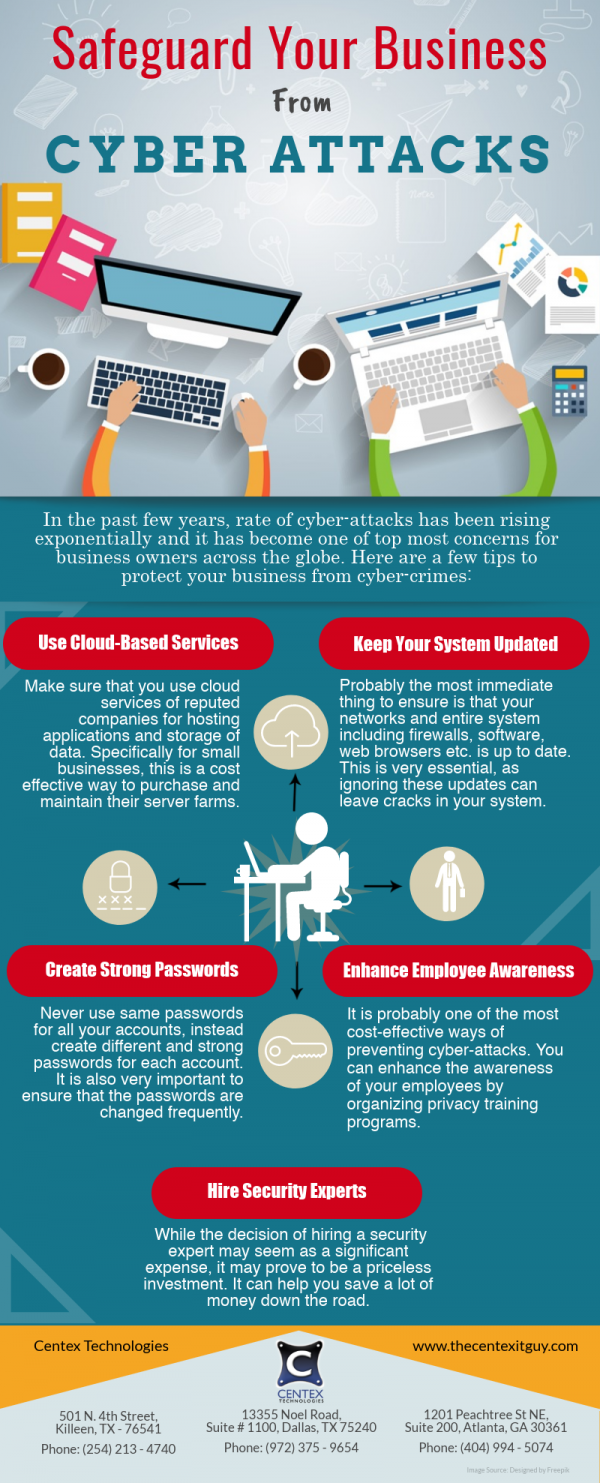In this era, where everything is just a click away, more and more people are in search of companionship and are trying to find it online. However, this has significantly increased the number of cyber dating scams. They seem more like a bait that victimizes people looking for friendship on the web. Cyber criminals often lure innocent people who not only suffer a heartbreak but also lose thousands of dollars in this process.
How Does The Scam Work
Also known as ‘catfishing’ the fraudsters create fake online profiles to trick people into a relationship. Generally, the scammers reach out their potential victims through online dating websites, email, dating apps, phone, social media etc. They often fabricate their identity and invest a lot of time to show genuine interest and make things look real so that the victim falls into the trap. Once they have gained your trust they take advantage of your emotions only to exploit you financially.
Warning Signs To Look Out For
- They claim that they feel strongly for you, just after you have had few conversations with them.
- They ask for some money or your bank account details.
- Are not ready to meet you in person and often break promises that they make.
How To Avoid Such Scams
- Stay Alert – It’s okay to be paranoid and a bit skeptical when you are dating someone online. This will help you avoid a cyber dating scam as you will think practically and not let yourself from being misled.
- Search Around – Check out the profile as well as images of the person you meet online. Try to run them through a reverse image search engine. If you find that the images are stolen then it’s best to avoid them. Go through their social media profiles, LinkedIn profile and gather as much information available about them online. If there is a difference in information available on various platforms then there are high chances that the person is a scammer. Also, checkout certain websites such as Romance Scams, Scamalytics etc. that have a huge database containing the list of such scammers along with the email address that they commonly use to con people.
- Do Not Handover Your Credentials To Anyone – No matter how close you are to the person you have met online, never share your login credentials and passwords with them. Also prefer not to share your photographs and videos, if you have never met them in person and your relationship is at early stages as they can be used by the fraudster to blackmail you in future.
It is important to be aware of such scams at the first place in order to avoid falling into the trap. For more information on various cyber scams and ways to avoid them, call Centex Technologies at (254) 213-4740.


